Monroe County council faces $11.4M decision on jail site amid renewed community pushback
Around 50 people gathered in the Meeting Room of the UU Church on Sunday afternoon for a town hall focused on Monroe County’s new jail and justice center proposal. On Tuesday, the county council is set to vote on an appropriation to pay for North Park, site of the planned new project.
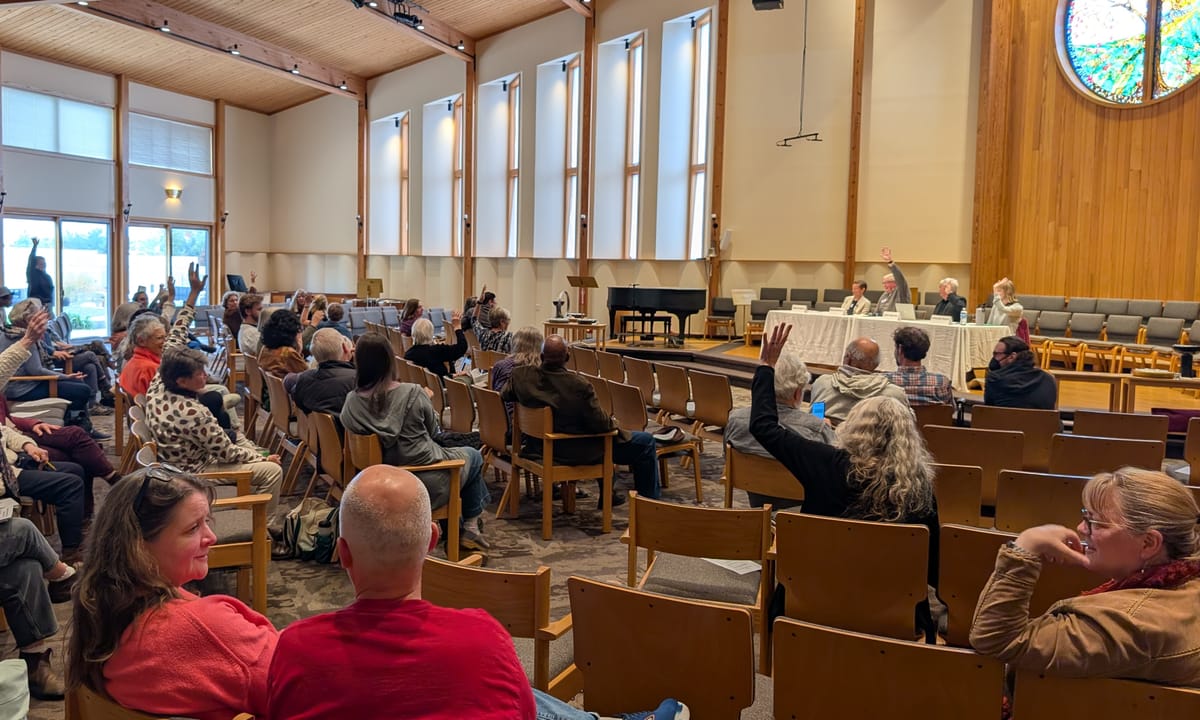
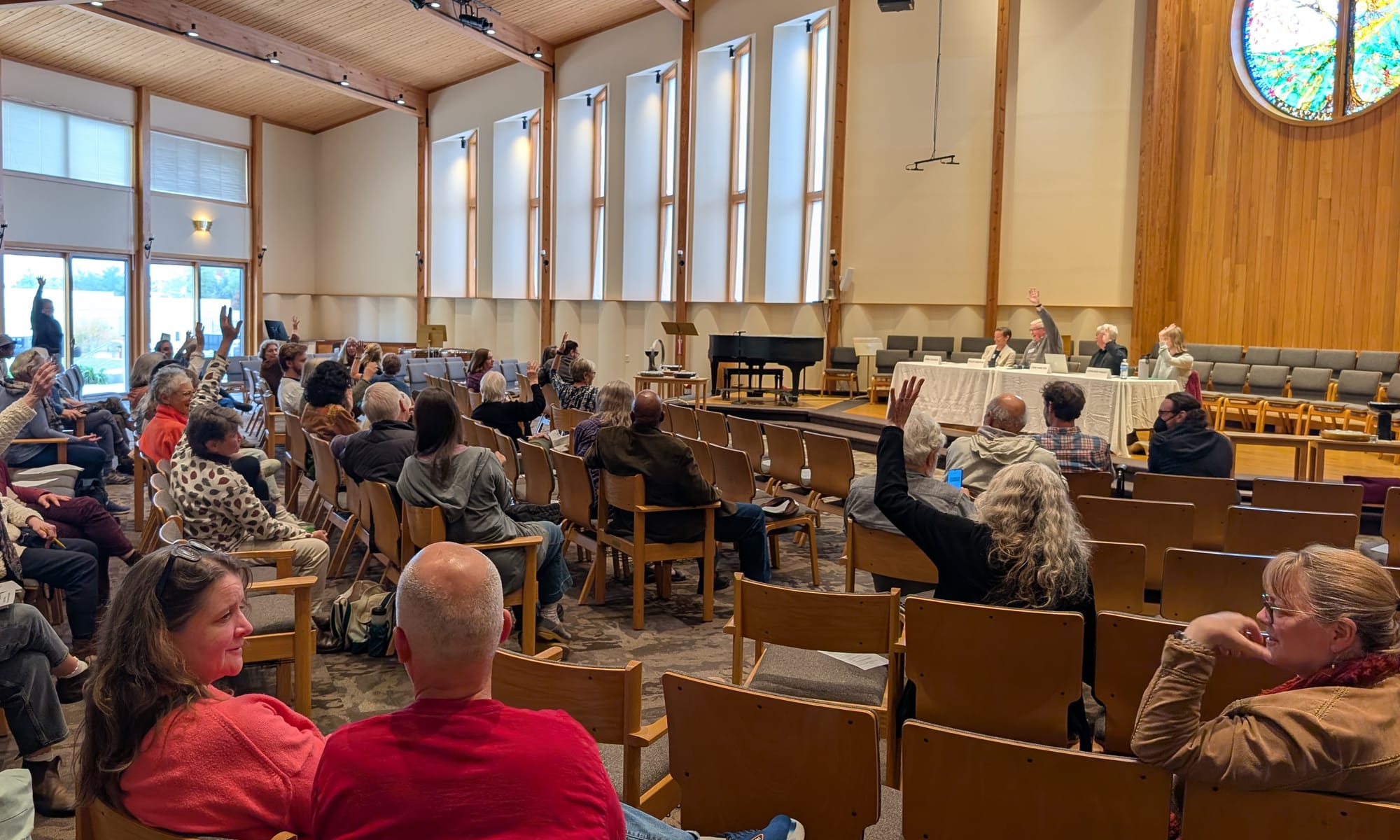
Around 50 people gathered in the Meeting Room of the Unitarian Universalist Church on Bloomington’s north side Sunday afternoon for a town hall focused on Monroe County’s contentious new jail and justice center proposal.
Panelists urged investments in diversion and treatment for substance abuse and mental illness instead of the new justice complex, which has a working construction budget of $225 million, to be located at North Park, on the northwest outskirts of Bloomington off SR46. One talking point was that the actual cost, when interest on bonds is calculated, would be more than $300 million.
The town hall was a chance to mobilize opponents of the new project, in particular those who are opposed to the proposed location—North Park, because it would move the jail outside of Bloomington. A pivotal vote is set for the county council meeting on Tuesday (Oct. 28), beginning at 5 p.m.
On Tuesday’s agenda is an item to appropriate the money to pay for the closing on the $11.375 million land deal, which has already been approved on all sides, after considering other sites. [Updated Oct. 28, 2025 at 10:59 p.m. The appropriation to fund the purchase of the North Park property failed on a 0–7 vote. That came right after a vote to put off the appropriation indefinitely, which failed with support only from councilor Trent Deckard.] [Updated Oct. 29, 2025 at 12:45 a.m. On the advice of legal counsel, councilmembers took another vote just before adjournment, to explicitly deny the appropriation, which passed 6–0. By then Mary Hawk had left the meeting.]
The event featured moderator Emma Crossen, community and UU congregation member; Cathleen Paquet of Care Not Cages; John Hamilton, former Bloomington mayor and former Indiana Secretary of Family and Social Services; and Philip Amerson, a retired local pastor. County council members Kate Wiltz and Liz Feitl were in attendance.
A recurring theme of the evening was the influence of Charlotte Zietlow, who is the nonagenarian namesake of Monroe County’s Charlotte T. Zietlow Justice Center. She was originally slated to participate in the panel, but was unable to attend. Zietlow was credited for initiating the panel and for her decades-long community leadership as an elected and appointed official.
Paquet outlined the long history of background, which includes the existing jail’s disrepair, a lawsuit over crowded conditions, and the sharp critiques of current plans to build a much larger, costlier facility on the North Park site, instead of renovating or building a new facility in downtown Bloomington. Paquet highlighted studies showing declining violent crime, concerns about public access to remote locations, and the fiscal realities making the project’s $225 million price tag impractical, especially after statewide tax reforms.
Paquet also mentioned a “paper trail” that she says indicates that in connection with a feasibility study done by RQAW—which was supposed to compare alternatives of renovating the existing facility, compared to new construction—county officials encouraged RQAW to “play play up what’s wrong with our current jail and make it look worse.”
The one email exchange so far identified by The B Square where a county official gives feedback on a draft RQAW proposal is a message from commissioners administrator Angie Purdie written in abbreviated style that tells RQAW staff there are costs related to the scenario for renovation that are not included in FQAW’s draft:
Our concerns are pages 43 and 46 and 155. Renovation versus new facility. Need to account for the intangible issues. There are costs not identified and intangible that justify a new facility over renovation. What can we do in our new facility, we can’t do in our current, even if we renovate it. For example: Unable to provide programming space. The Constitutionality of the facility will only be for “x” number of beds, remains a warehouse instead of [obscured words] inability to provide mental health services. It also doesn’t address the costs associated with moving everyone out to another facility during the alleged renovation.
A key point of emphasis for Paquet was the fact that the settlement agreement between Monroe County and the ACLU over the crowded conditions at the jail does not say that a new jail has to be constructed. Still, Ken Falk, who is attorney who represented the ACLU in the 2008 lawsuit has said recently, “I do not disagree that there should be alternatives, but that does not in any way diminish the fact that you guys need a new jail.”
Former mayor John Hamilton drew applause when he proposed the county “invest $5 million a year, for the next three years, in decarceration and community services instead of new jail construction.” Hamilton urged redirecting funds toward evidence-based alternatives—such as mental health, addiction services, and housing. The source of funding suggested by Hamilton was revenue from the ED LIT (economic development local income tax), which the county council had been setting aside to pay for the jail, but tapped two weeks ago in order to balance the 2026 budget.
The county council’s decision to go ahead and tap ED LIT revenue as a short-term way to balance the budget was a recognition that under the new SEA 1 legislation on taxes, Monroe County government can’t come close to affording the full co-located justice center envisioned at North Park.
Philip Amerson, who described the jail dilemma as a “wicked problem,” called for broad, creative solutions and reminded the audience of the human cost of incarceration: shattered families, cycles of poverty, and the disproportionate impact on pre-trial detainees.
During the meeting community members voiced fears about “build it and they will fill it” consequences, the risk of shifting downtown services to the city’s fringe, and the prioritization of “care, not cages.” The advocacy group Care Not Cages called for alternative investments that could strengthen nonprofits, housing, and treatment in Monroe County for decades to come.
Towards the end of the meeting, Monroe County NAACP president Jim Sims, a former Bloomington city council member, addressed systemic racial disparities—emphasizing that Black residents make up around 3% of Monroe County’s population but over 17% of jail inmates. Sims called for solutions at the intersection of economic development, jobs, housing, and health, urging collaborative, common-sense approaches, where people listen to each other. Sims underscored his remarks with a favorite saying he would recite as a city councilmember: “My grandma always used to say, you got two ears and one mouth for a reason.”
The county council is set to vote Tuesday on the appropriation for the $11.375 million purchase of the North Park land. Reached by The B Square with a question about whether the council will actually vote it up or down or put off a decision, council president Jennifer Crossley said “I know that we will have a very robust conversation tomorrow …”
Crossley added that across the community there is “regenerated interest” in the project. She mentioned a letter from the city council to Monroe County government officials, opposing the North Park purchase, but wondered what financial suggestions city councilmembers might have.
For Crossley’s part, she wonders why the county commissioners are asking the council to appropriate these funds now in light of the constraints of SEA 1, which is the new tax law, that makes the planned new justice facility unaffordable. Crossley noted that the primary job of the county council is to be “responsible fiscal stewards of the public tax dollars.”

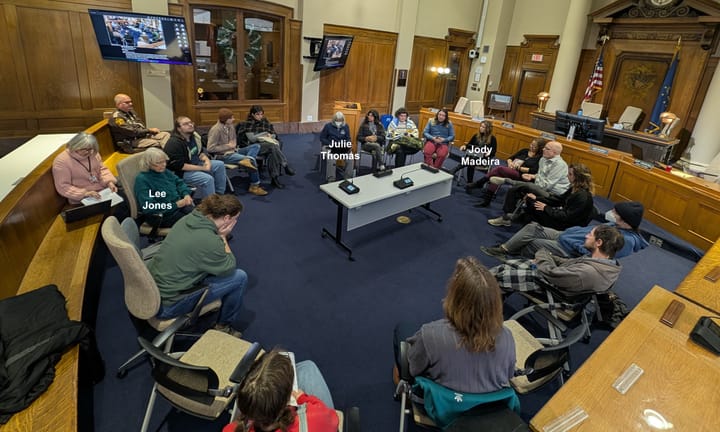
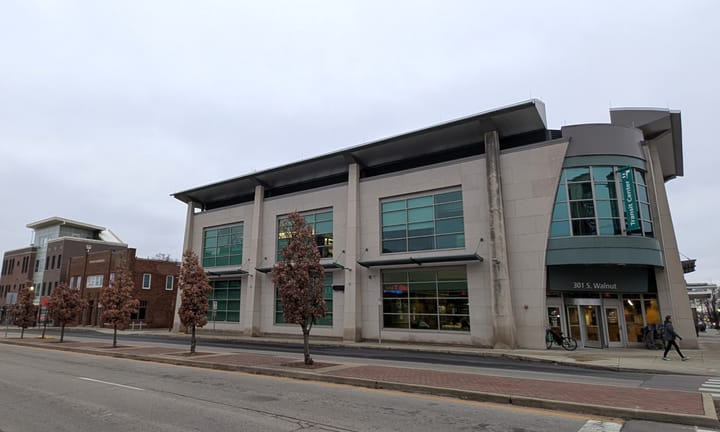
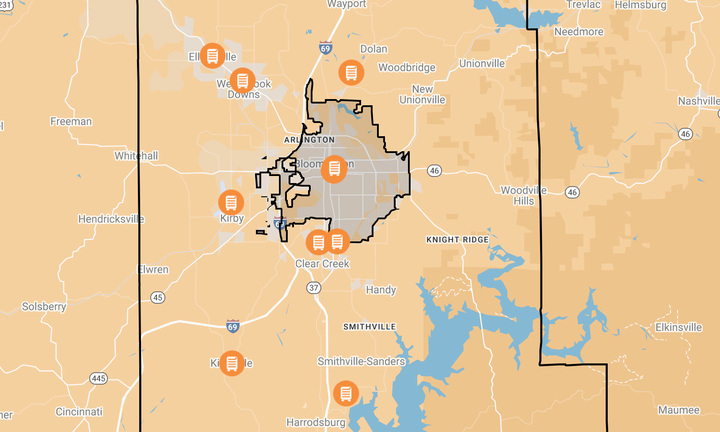
Comments ()